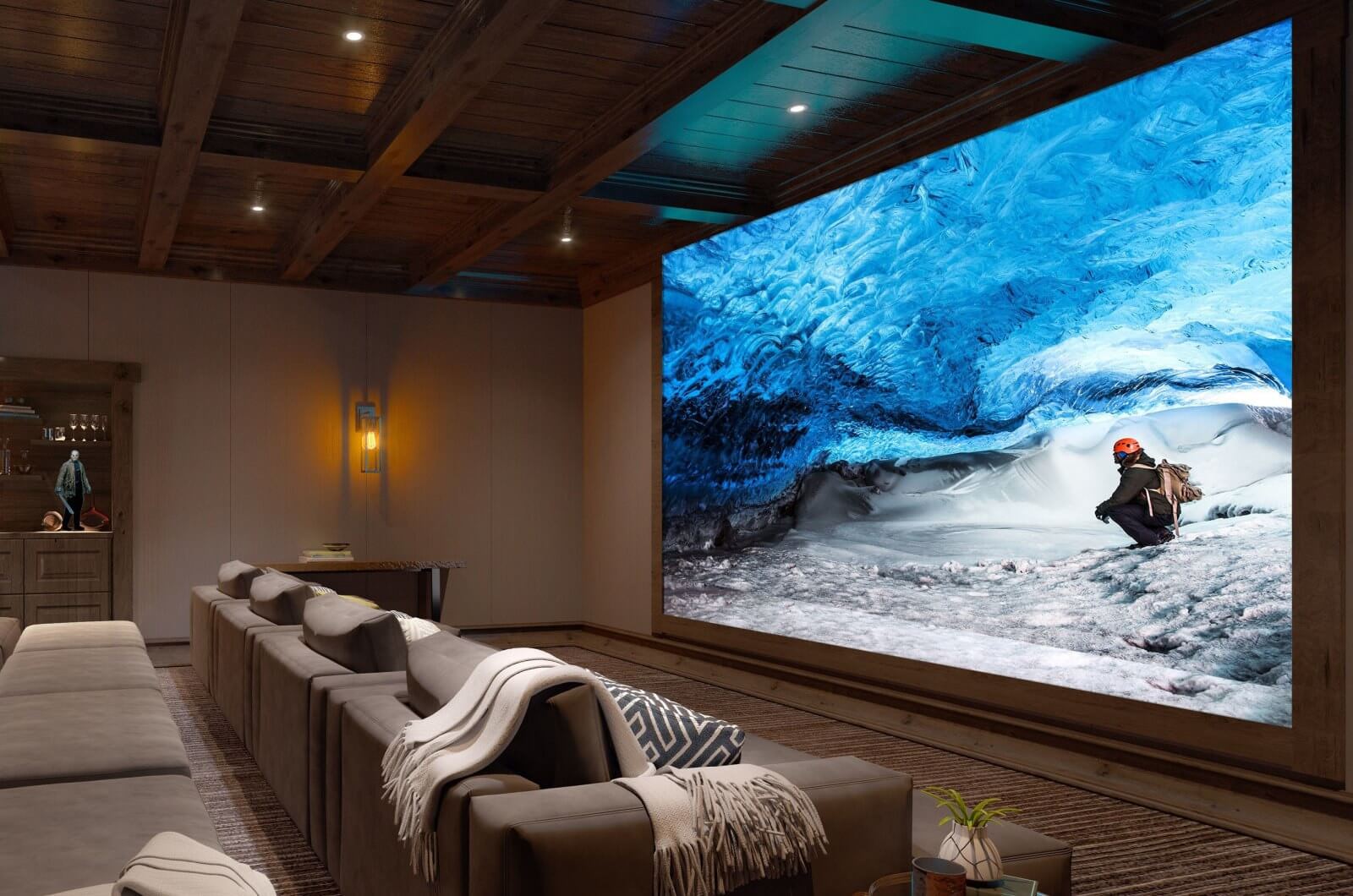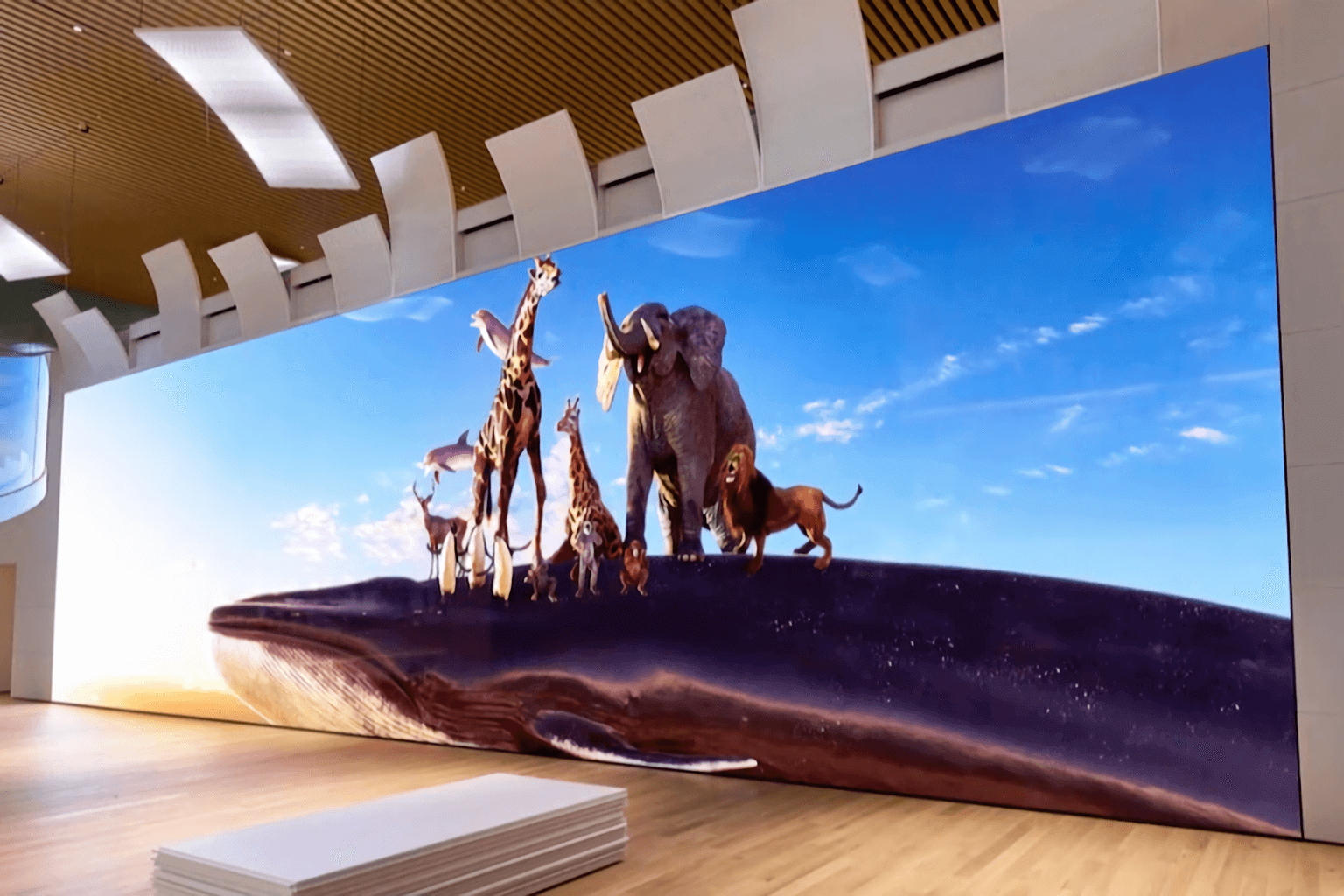Why it matters: If you’re very, very rich and want only the best cinema screen for the home theatre room inside your mansion, Sony could have the answer. The Japanese firm is making its Crystal LED display system available to consumers having previously only sold it to commercial customers.

First announced at the National Association of Broadcasters trade show back in April, Sony’s Crystal LED screen can reach up to a diagonal size of 790 inches, 17-feet tall, and 63-feet wide, while also boasting a 16K resolution.
The system works by fitting together a series of micro-LED panels, each measuring 16 x 18 inches with a 320 x 360 resolution. By connecting the modules, customers can create different screen sizes and resolutions. If they’re happy with Full HD, 18 panels can be used to create a 110-inch diagonal, 8 x 4-foot screen. Seventy-two panels can create a 4K 220-inch, 16 x 9-foot display, and 8K fans need 288 modules to make a 440-inch, 32 x 18-foot display.
For those who want even more than 8K, there’s a 576-panel option that offers a 790-inch screen measuring an incredible 63 x 18 feet and comes with a 16K resolution, so you’d need a pretty big room to install it.

It’s not just the potential size of the screens that are impressive. The technology uses Crystal LEDs (MicroLEDs) that are 100 times smaller than traditional OLED pixels. They're also brighter–each one is able to reach 1,000 nits for HDR content and has over a million-to-one contrast ratio.
The technology also offers 10-bit greyscale, 140 percent sRGB coverage, 120 frames-per-second, 180-degree viewing angles, and “spectacular” 3D.
But if you want the best, you have to be prepared to pay for it. Each module reportedly costs about the same as a large, high-end OLED TV—around $10,000—which would work out at $720,000 for the 4K screen and $5.8 million for the 16K option.
https://www.techspot.com/news/81887-sony-offering-crystal-led-display-system-which-can.html